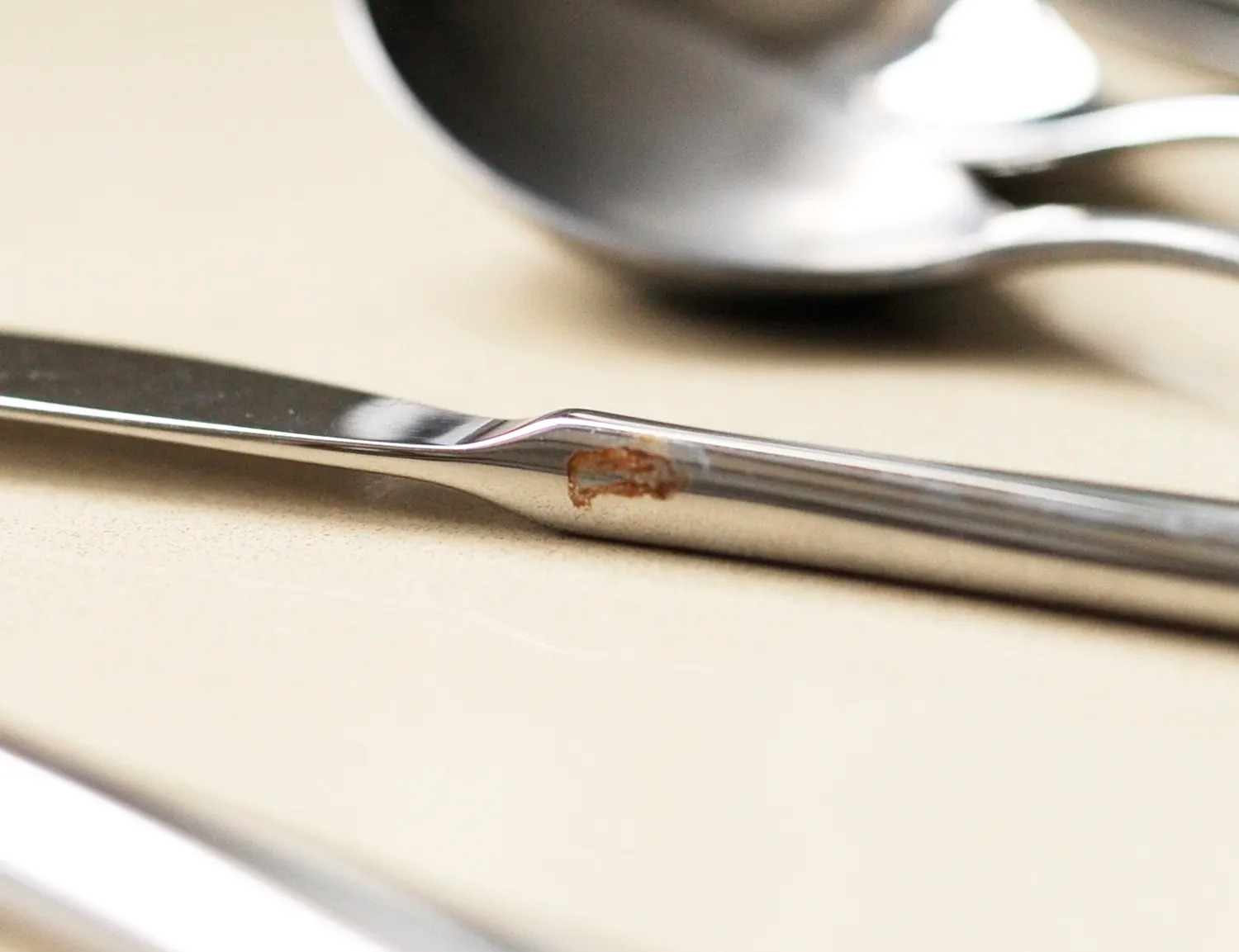

Tableware
How To Remove Rust On Cutlery
Modified: August 28, 2024
Discover the best techniques to remove rust from your tableware and keep your cutlery looking pristine. Say goodbye to rust stains with our expert tips!
(Many of the links in this article redirect to a specific reviewed product. Your purchase of these products through affiliate links helps to generate commission for Storables.com, at no extra cost. Learn more)
Introduction
Welcome to this comprehensive guide on how to remove rust on cutlery. There’s nothing more frustrating than seeing your once shiny and pristine knives, forks, and spoons covered in unsightly rust. Not only does rust detract from the overall appearance of your tableware, but it can also impact the quality of your dining experience.
Rust is a common occurrence on cutlery, especially when exposed to moisture and air. It is formed when the iron in the metal reacts with oxygen, resulting in the formation of reddish-brown iron oxide. While rust can be stubborn, the good news is that there are effective methods for removing it and restoring your cutlery back to its original luster.
In this guide, I will walk you through the step-by-step process of removing rust from your cutlery using various techniques. From household items like vinegar and baking soda to natural remedies like lemon juice and salt, we will explore a range of methods that are both effective and affordable.
Before we dive into the methods for rust removal, let’s take a closer look at what causes rust on cutlery and the materials you’ll need to get started.
Key Takeaways:
- Say goodbye to rust on your cutlery with simple household items like vinegar, baking soda, lemon juice, and even a potato. Restore your tableware to its former glory with these effective and affordable rust removal methods.
- Keep your cutlery rust-free by implementing preventive measures such as thorough drying, avoiding high humidity, and using gentle cleaning techniques. With consistent care, you can maintain the beauty and functionality of your tableware for years to come.
Read more: How To Remove Rust From Calipers
Understanding Rust on Cutlery
Rust is a common problem that many face when it comes to maintaining the quality of their cutlery. Understanding the causes of rust can help you prevent it from occurring in the first place and take prompt action to remove it when it does occur.
Rust forms on cutlery when the metal, typically stainless steel, comes into contact with moisture and oxygen. Stainless steel is an alloy that contains iron, chromium, and other elements. Although stainless steel is highly resistant to corrosion, it is not completely impervious to the effects of rust.
When moisture comes into direct contact with the stainless steel surface, it creates an electrochemical reaction. This reaction causes the iron in the alloy to oxidize and form iron oxide, commonly known as rust. This process is accelerated in the presence of oxygen, making proper drying and storage essential in preventing rust on your cutlery.
Factors that contribute to the formation of rust on cutlery include:
- Exposure to water: Leaving wet or damp cutlery unattended for prolonged periods increases the likelihood of rust formation.
- High humidity: Cutlery stored in humid environments, such as near sinks or in poorly ventilated drawers, is more susceptible to rust.
- Acidic substances: Foods or cleaning agents with high acidity can weaken the protective layer of stainless steel, making it more prone to rust.
- Salt exposure: Salt can corrode stainless steel and promote the formation of rust, especially if the cutlery is not thoroughly rinsed and dried after contact with saltwater or salty foods.
Now that you have a better understanding of why rust forms on cutlery, let’s move on to the materials you’ll need to remove rust and restore your tableware to its former glory.
Materials Needed
Before you begin the rust removal process, it’s important to gather the necessary materials. Here’s a list of items you’ll need:
- White vinegar: Vinegar is a versatile and effective household item that can help dissolve rust.
- Baking soda: Baking soda has abrasive properties that can aid in removing rust from cutlery.
- Lemon juice: Lemon juice contains citric acid, which acts as a natural rust remover.
- Salt: Salt can be used as a gentle abrasive to scrub away rust.
- A potato: Surprisingly, a potato can be used to remove rust due to its oxalic acid content.
- A soft cloth or sponge: You’ll need a soft cloth or sponge to gently scrub the cutlery and remove rust.
- A bowl or container: You’ll need a container to hold the vinegar, lemon juice, or other liquids you’ll be using.
- A toothbrush or small brush: A toothbrush or small brush can help you reach smaller crevices and remove rust.
- Commercial rust remover (optional): If the rust is stubborn and the homemade methods don’t work, you might want to consider using a commercial rust remover.
- Towel or drying rack: It’s important to have a clean, dry surface ready to place your cutlery after cleaning to prevent moisture from causing further rust.
Having these materials on hand will ensure that you’re equipped to tackle rust on your cutlery using various methods. Now that you’re prepared, let’s move on to the next step: preparing your cutlery for rust removal.
Preparing the Cutlery
Before you begin the process of rust removal, it’s important to properly prepare the cutlery. This will ensure that you effectively remove the rust and avoid causing any damage to the metal or the overall appearance of your tableware.
Follow these steps to prepare your cutlery for rust removal:
- Inspect the cutlery: Examine the extent of the rust on each piece of cutlery. This will help you determine the best method to use and the amount of time and effort required for each item.
- Clean the cutlery: Wash the cutlery in warm, soapy water to remove any dirt, debris, or food particles. Use a gentle dishwashing detergent and a soft sponge or cloth to avoid scratching the surface.
- Dry the cutlery: Thoroughly dry the cutlery with a clean towel to remove any remaining moisture. This step is crucial to prevent further rust formation during the rust removal process.
- Separate the items: If you have multiple pieces of cutlery with rust, it’s important to separate them to avoid cross-contamination. This is particularly important if you’re using homemade solutions like vinegar or lemon juice.
- Protect yourself: Depending on the method you’ll be using, it’s a good idea to protect your hands with rubber gloves. This will prevent any skin irritation or contact with potentially harmful substances.
By taking the time to properly prepare your cutlery, you’ll ensure that the rust removal process goes smoothly and effectively. Now that your cutlery is ready, let’s explore various methods for removing rust from your tableware.
Methods for Removing Rust
There are several methods you can use to remove rust from your cutlery. From pantry staples to natural remedies, these methods are effective and easy to implement. Let’s explore some of the most popular methods:
- Method 1: Using Vinegar and Baking Soda
This method is simple and effective. Start by placing your rusty cutlery in a bowl or container. Pour enough white vinegar to completely submerge the cutlery and let it soak for about 30 minutes to an hour. Then, sprinkle baking soda directly onto the rusted areas and use a soft cloth or sponge to gently scrub the rust away. Rinse the cutlery thoroughly and dry it well before storing or using. - Method 2: Lemon Juice and Salt
Lemon juice is a natural acid that can help dissolve rust. Squeeze fresh lemon juice onto the rusted areas of the cutlery and generously sprinkle salt over the lemon juice. Leave it on for a few hours or overnight, then scrub the rusted areas with a soft cloth or sponge. Rinse the cutlery thoroughly, dry it well, and admire the rust-free shine. - Method 3: Using a Potato
Yes, you read that right! A potato can also be used to remove rust from cutlery. Cut a potato in half and sprinkle it with salt or baking soda. Rub the cut side of the potato onto the rusted areas, applying firm pressure. The oxalic acid found in the potato will react with the rust, loosening the rust particles. Rinse and dry the cutlery to reveal a rust-free surface. - Method 4: Commercial Rust Remover
If the rust on your cutlery is stubborn and the homemade methods don’t seem to work, you may need to resort to a commercial rust remover. These products are available in most hardware or home improvement stores and follow the instructions provided by the manufacturer.
Remember to always take precautions when using any rust removal method and avoid harsh abrasive materials that can scratch the metal. Each method may take some time and effort, but with persistence, you’ll be able to restore your cutlery to its former glory.
Now that you’re familiar with different methods for removing rust from cutlery, let’s move on to the final section of this guide – preventing rust on your tableware.
Read more: How To Remove Rust From Glass
Method 1: Using Vinegar and Baking Soda
Vinegar and baking soda are versatile household ingredients that can be used to effectively remove rust from cutlery. This method is simple, affordable, and requires minimal effort. Follow these steps to remove rust using vinegar and baking soda:
- Prepare a mixture of equal parts white vinegar and water in a bowl or container. Make sure there is enough solution to completely submerge the rusty cutlery.
- Place the rusty cutlery in the vinegar mixture and let it soak for about 30 minutes to an hour. This will allow the vinegar to break down the rust.
- After soaking, remove the cutlery from the vinegar solution and rinse it thoroughly with water to remove any vinegar residue.
- Take a generous amount of baking soda and sprinkle it directly onto the rusted areas of the cutlery.
- Gently scrub the rusted areas using a soft cloth or sponge. The baking soda will act as a mild abrasive, helping to lift off the rust without scratching the metal.
- Rinse the cutlery again to remove any baking soda residue.
- Dry the cutlery thoroughly with a clean towel or allow it to air dry completely before storing or using.
This method is highly effective for removing rust from cutlery because vinegar is a mild acid that dissolves rust while baking soda provides gentle abrasion for scrubbing. The combination of these two ingredients helps restore the shine and prevent further rust formation.
Remember to always exercise caution when handling vinegar and baking soda, and avoid using this method on cutlery with non-removable handles or wooden components, as the solution may affect these materials. Additionally, it’s important to dry the cutlery thoroughly to prevent any moisture from causing future rust.
With this method, you can say goodbye to rusty cutlery and enjoy the beauty and functionality of your tableware once again.
To remove rust from cutlery, create a paste with baking soda and water. Apply the paste to the rusted areas and let it sit for a few hours. Then, scrub the rust away with a toothbrush or sponge. Rinse and dry the cutlery thoroughly.
Method 2: Lemon Juice and Salt
If you prefer a natural and refreshing way to remove rust from cutlery, look no further than lemon juice and salt. Lemon juice contains citric acid, which acts as a natural rust remover, while salt provides a gentle abrasive to help scrub away the rust. Follow these steps to use lemon juice and salt for rust removal:
- Cut a fresh lemon in half and squeeze the juice into a bowl or container.
- Sprinkle a generous amount of salt onto the rusted areas of the cutlery.
- Place the cutlery in the lemon juice and salt mixture, ensuring that the rusted areas are fully submerged.
- Allow the cutlery to sit in the mixture for a few hours, or even overnight, to allow the acidity of the lemon juice to break down the rust.
- After soaking, use a soft cloth or sponge to gently scrub the rusted areas, applying light pressure.
- Rinse the cutlery thoroughly with water to remove any lemon juice and salt residue.
- Dry the cutlery completely using a clean towel or allow it to air dry before storing or using.
By combining the natural acidity of lemon juice and the gentle abrasive properties of salt, you can effectively remove rust and restore the shine of your cutlery. This method is particularly useful for smaller rust spots or lightly rusted areas.
Keep in mind that lemon juice may cause slight discoloration on certain types of metals, so always test a small inconspicuous area before applying it to the entire cutlery. Additionally, ensure thorough rinsing and drying to prevent any lingering lemon juice or salt residue.
With lemon juice and salt, you can say goodbye to rust and hello to beautifully restored cutlery that’s ready to adorn your table.
Method 3: Using a Potato
Believe it or not, a simple potato can be surprisingly effective in removing rust from cutlery. Potatoes contain oxalic acid, a natural compound that helps dissolve rust. Follow these steps to use a potato for rust removal:
- Take a fresh potato and cut it in half.
- Sprinkle some salt or baking soda onto the cut side of the potato. The salt or baking soda will act as an additional abrasive to help scrub away the rust.
- Hold the potato firmly and rub the cut side onto the rusted areas of the cutlery. Apply firm yet gentle pressure to allow the oxalic acid in the potato to react with the rust.
- If necessary, reapply more salt or baking soda onto the potato as you continue to rub the rusted areas.
- After thoroughly rubbing, rinse the cutlery with water to remove any potato residue and loosened rust particles.
- Dry the cutlery completely with a clean towel or allow it to air dry before storing or using.
Using a potato for rust removal is an unconventional yet effective method. The oxalic acid in the potato helps dissolve and loosen the rust, while the salt or baking soda provides an abrasive action for scrubbing.
It’s important to note that this method works best for surface rust or light rust stains. For heavy or stubborn rust, you may need to try other methods or consider using a commercial rust remover.
Now you know that a simple potato can come to the rescue to remove rust from your cutlery. Give it a try and enjoy the rejuvenated look of your tableware.
Method 4: Commercial Rust Remover
If the rust on your cutlery is stubborn and the homemade methods don’t seem to be doing the trick, it may be time to consider using a commercial rust remover. These products are specifically designed to tackle rust and can be quite effective in restoring the shine and appearance of your cutlery. Here’s how to use a commercial rust remover:
- Read the instructions: Before using any commercial rust remover, carefully read and follow the instructions provided by the manufacturer. This will ensure that you use the product correctly and achieve the best results without causing any damage to your cutlery.
- Prepare the product: Depending on the specific brand and product, you may need to mix the rust remover with water or apply it directly to the rusted areas. Follow the instructions to prepare the product accordingly.
- Apply the rust remover: Using a soft cloth or sponge, apply the commercial rust remover to the rusted areas of the cutlery. Ensure that the product thoroughly covers the rusted surfaces.
- Allow for necessary dwell time: The product will typically require a certain amount of time to work on the rust. Follow the instructions to determine how long you should leave the rust remover on the cutlery.
- Scrub and rinse: After the dwell time, use a soft brush or sponge to gently scrub the rusted areas. Be sure to follow any specific instructions regarding the appropriate cleaning technique. Once scrubbed, rinse the cutlery thoroughly with water to remove any residue from the rust remover.
- Dry the cutlery: After rinsing, dry the cutlery completely using a clean towel or by allowing it to air dry. This will prevent any moisture from causing further rust formation.
Commercial rust removers are formulated with powerful ingredients to effectively dissolve rust from metal surfaces. They can be particularly useful for stubborn rust or heavily rusted cutlery that may require a stronger solution than homemade methods.
It’s important to note that different commercial rust removers may have different application methods and safety precautions. Always follow the instructions provided by the manufacturer and take necessary precautions, such as using gloves and working in a well-ventilated area.
With a commercial rust remover, you can tackle even the toughest rust stains and restore your cutlery to its original condition.
Read more: How To Remove Rust From Stucco
Preventing Rust on Cutlery
Now that you’ve learned how to effectively remove rust from your cutlery, it’s important to take steps to prevent rust from forming in the first place. By implementing a few preventive measures, you can keep your tableware looking shiny and rust-free. Here are some tips to help you prevent rust on your cutlery:
- Keep cutlery dry: Moisture is one of the main contributors to rust formation. After washing your cutlery, make sure to thoroughly dry it before storing it away. Leaving wet or damp cutlery for extended periods increases the chances of rust developing.
- Avoid exposure to high humidity: Cutlery stored in humid environments, such as near sinks or in poorly ventilated drawers, is more prone to rust. Consider using moisture-absorbing packets or silica gel packs in your storage area to help maintain dry conditions.
- Use proper cleaning techniques: Avoid using abrasive materials, harsh cleaners, or steel wool when cleaning your cutlery, as these can scratch the surface and make it more susceptible to rust. Opt for gentle dishwashing detergents and soft sponges or cloths instead.
- Remove acidic substances promptly: Foods or cleaning agents with high acidity can weaken the protective layer of stainless steel, making it more prone to rust. Clean up spills or residue from acidic substances as soon as possible to prevent prolonged exposure.
- Avoid salt exposure: Salt can corrode stainless steel and promote rust formation. Rinse your cutlery thoroughly after using it with salty foods or after contact with saltwater to remove any salt residue.
- Separate cutlery in storage: If you have different types of metals or finishes in your cutlery collection, avoid storing them together. Mixing metals can lead to galvanic corrosion, which can cause rust to form.
- Regularly inspect and maintain: Periodically inspect your cutlery for any signs of rust or damage. If you notice any rust spots, promptly address them using the appropriate rust removal method to prevent further spreading.
- Apply a protective coating: Consider using a food-grade mineral oil or a specialized stainless-steel protectant to create a barrier that helps prevent rust. Follow the instructions provided by the product to apply and maintain the protective coating.
By following these preventive measures, you can extend the lifespan of your cutlery and keep it looking beautiful for years to come. Preventing rust requires consistent care, but the effort is well worth it to maintain the quality and appearance of your tableware.
Now that you have the tools to prevent rust, you can enjoy your meals with rust-free and shiny cutlery.
Conclusion
Cutlery plays an essential role in our daily lives, enhancing our dining experience and adding a touch of elegance to our tables. However, rust can easily tarnish the beauty and functionality of our beloved utensils. With the knowledge and methods shared in this guide, you now have the power to remove rust and restore your cutlery to its former glory.
We explored various methods for removing rust from cutlery, including using vinegar and baking soda, lemon juice and salt, a potato, and commercial rust removers. Each method offers its unique advantages and can be effective depending on the severity of the rust and the materials at hand.
Additionally, we discussed the importance of understanding rust on cutlery and the factors that contribute to its formation. By understanding the causes of rust, you can take preventive measures to avoid rust from appearing on your cutlery in the first place.
Remember to take the necessary steps to prepare your cutlery before rust removal, gather the appropriate materials for the chosen method, and protect yourself from any potentially harmful substances. Pay attention to the instructions for each method and exercise caution to avoid any damage.
Prevention is key when it comes to rust on cutlery, and we provided useful tips to help you maintain your utensils in pristine condition. By keeping your cutlery dry, avoiding exposure to high humidity, and using proper cleaning techniques, you can significantly reduce the risk of rust formation.
With these techniques and preventive measures, you can confidently tackle rust on your cutlery and extend its lifespan, ensuring that it continues to enhance your dining experience for years to come.
So, say goodbye to rust and hello to a beautiful and impeccable table setting. Enjoy your meals with gleaming and rust-free cutlery!
Frequently Asked Questions about How To Remove Rust On Cutlery
Was this page helpful?
At Storables.com, we guarantee accurate and reliable information. Our content, validated by Expert Board Contributors, is crafted following stringent Editorial Policies. We're committed to providing you with well-researched, expert-backed insights for all your informational needs.
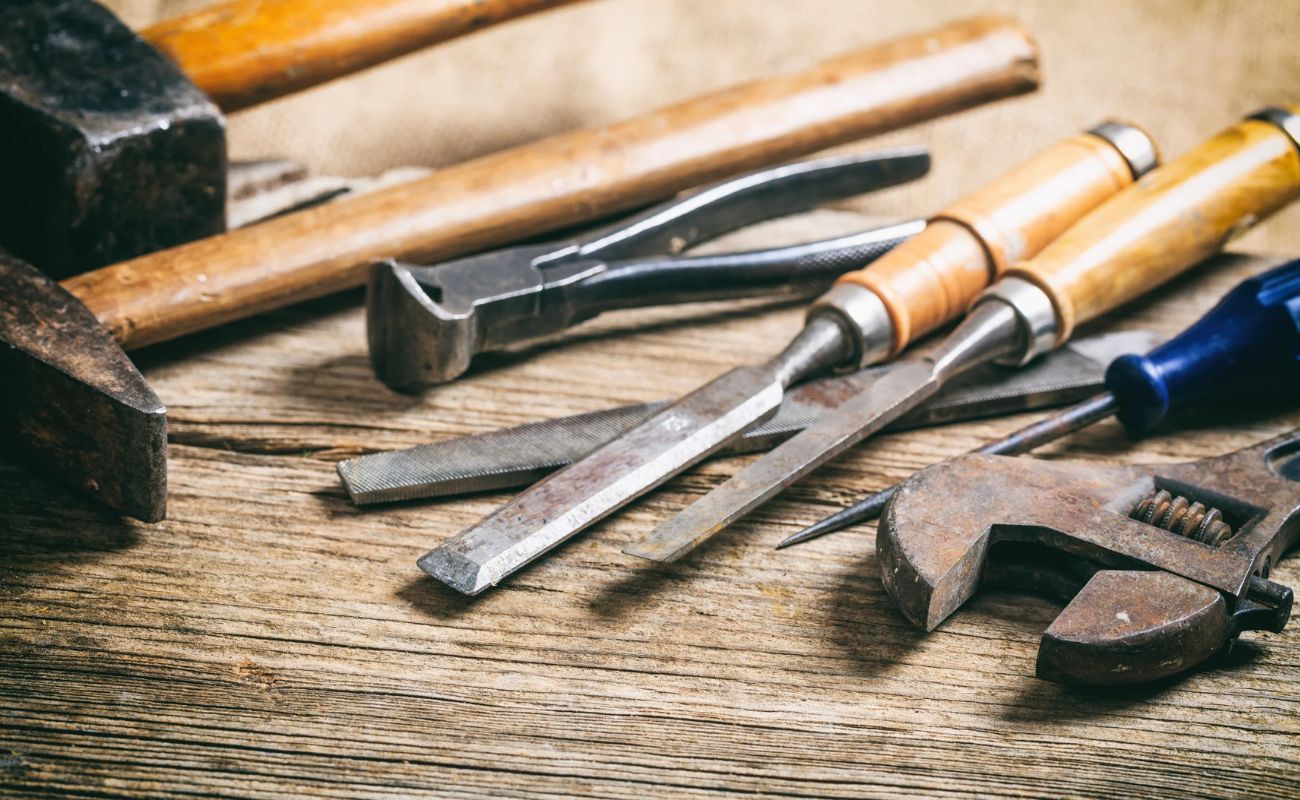
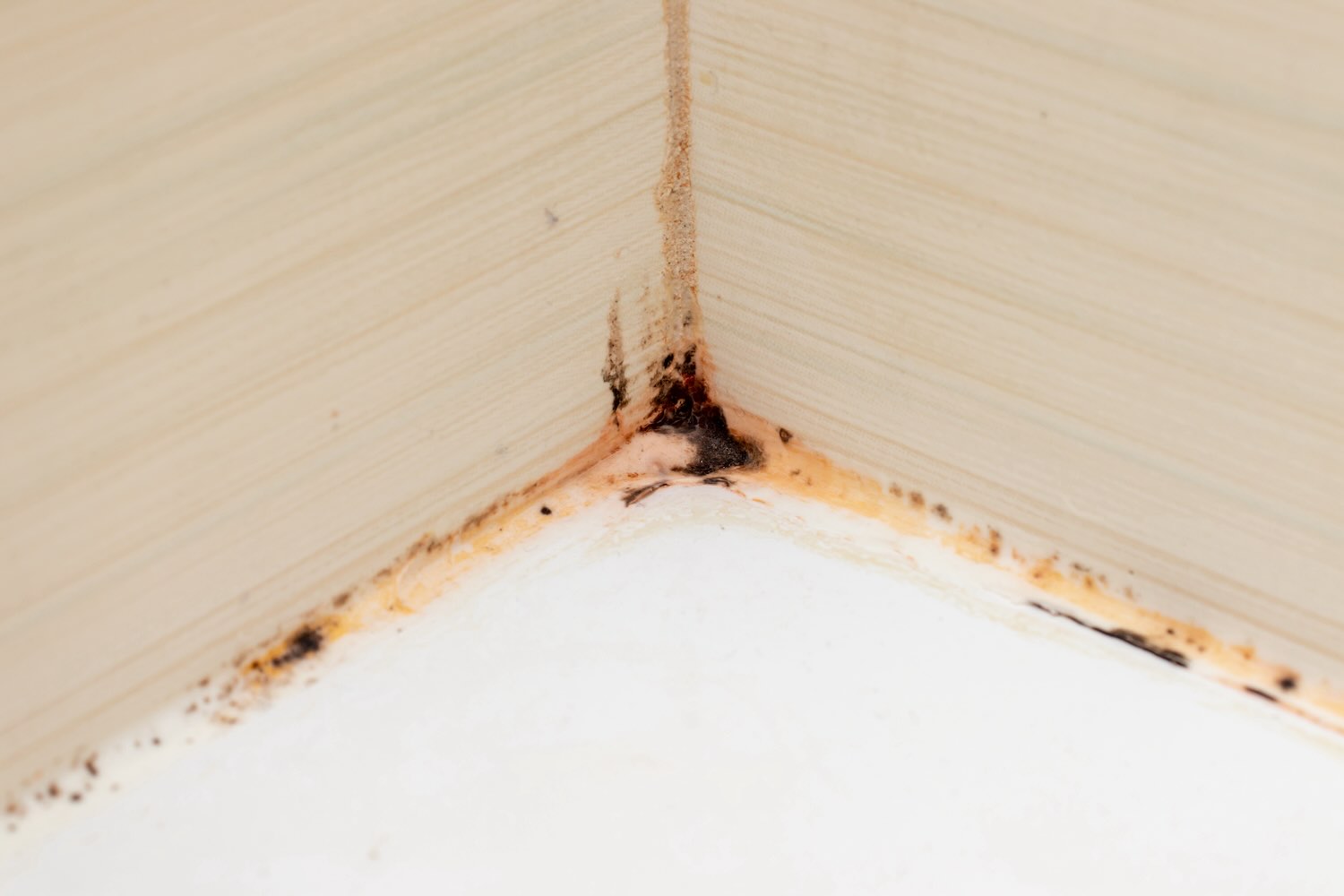
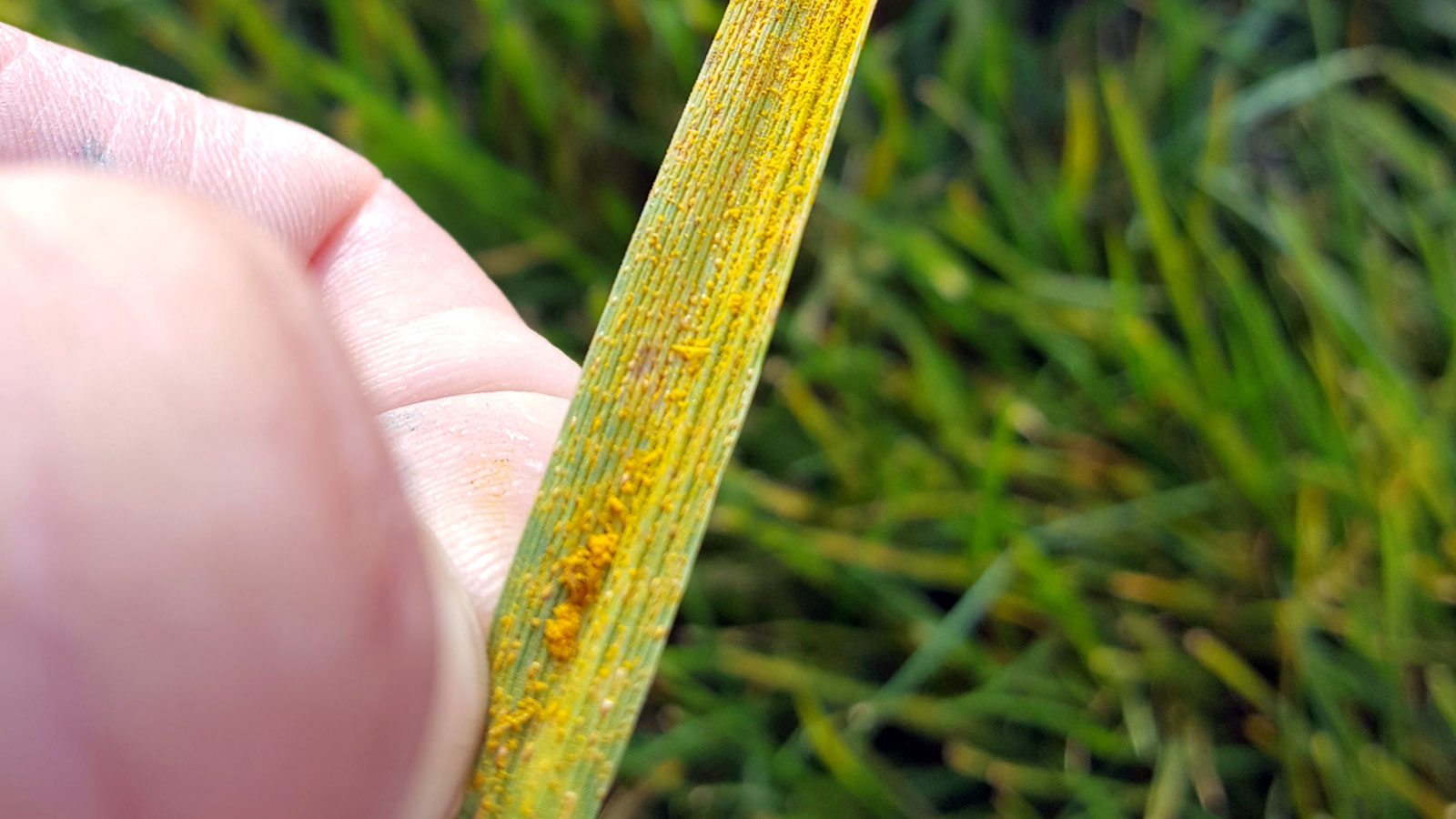
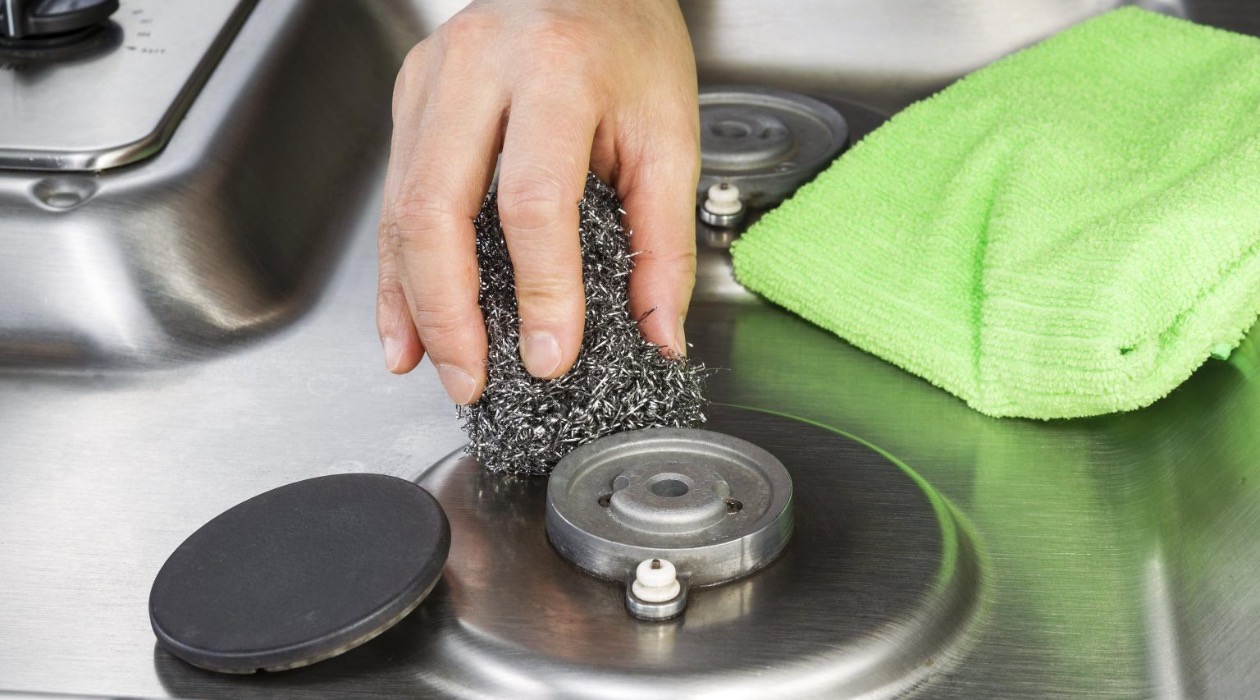
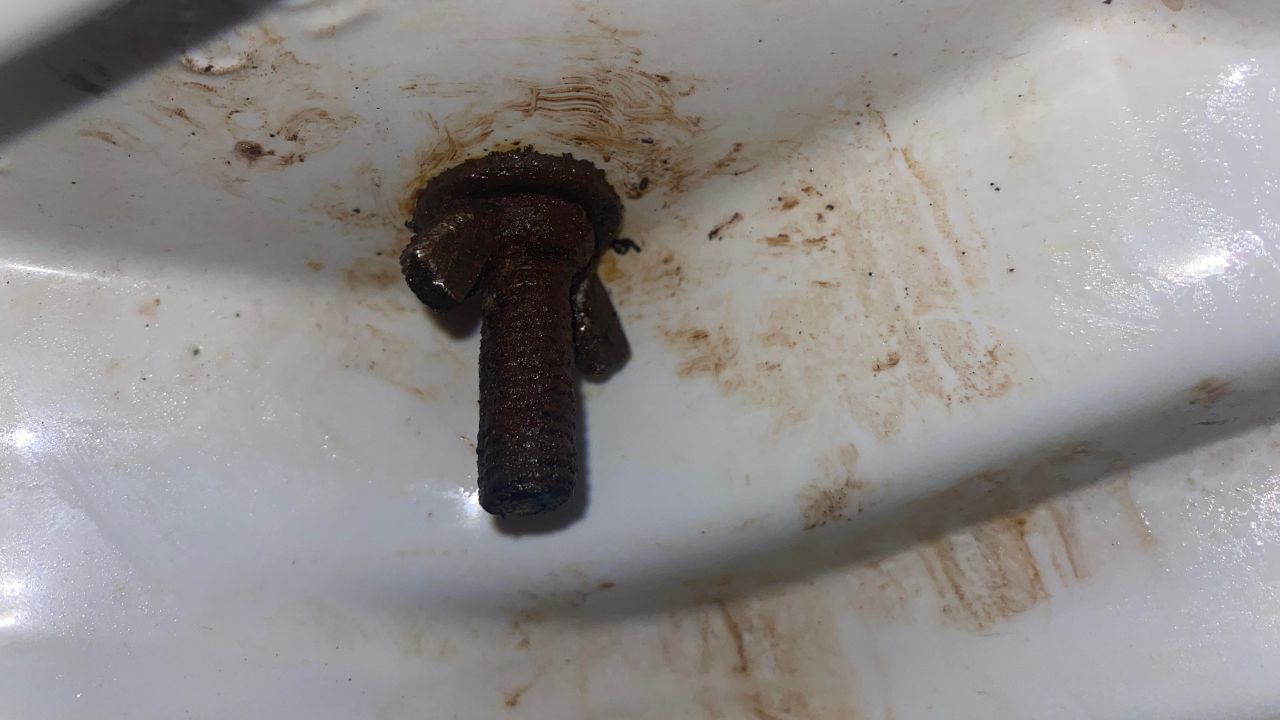
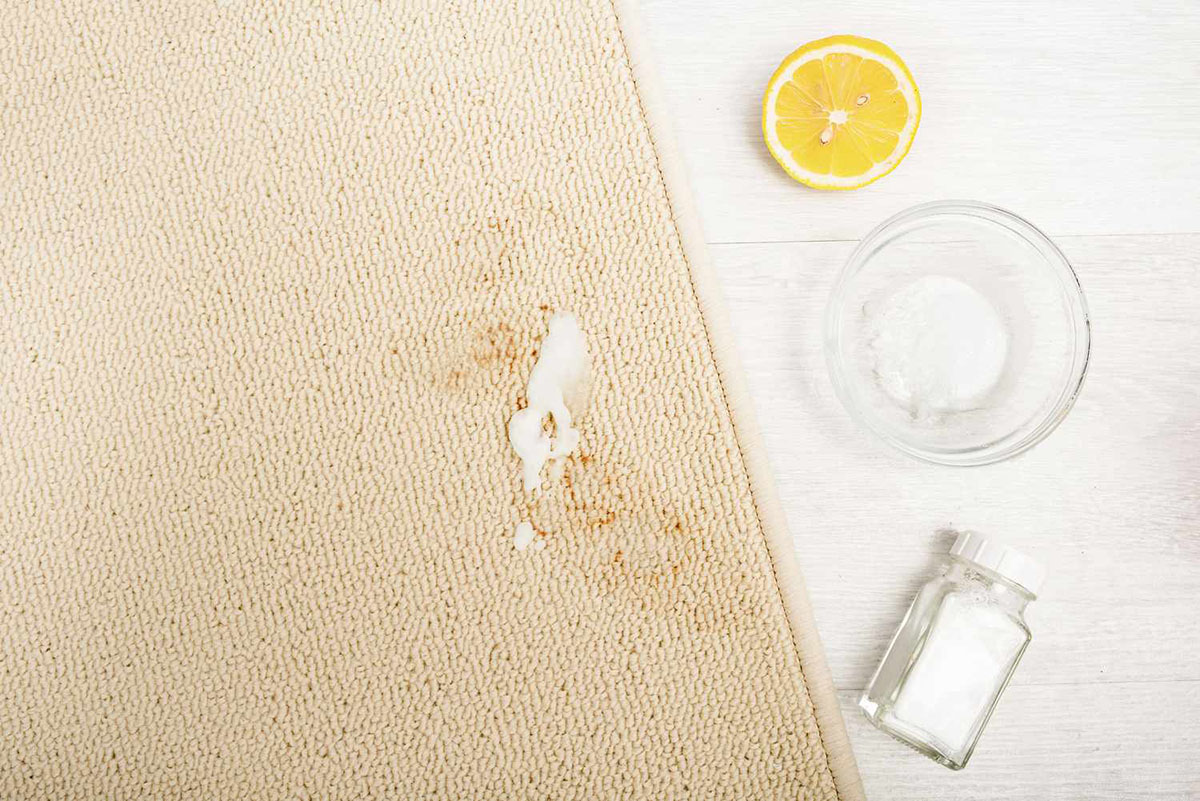
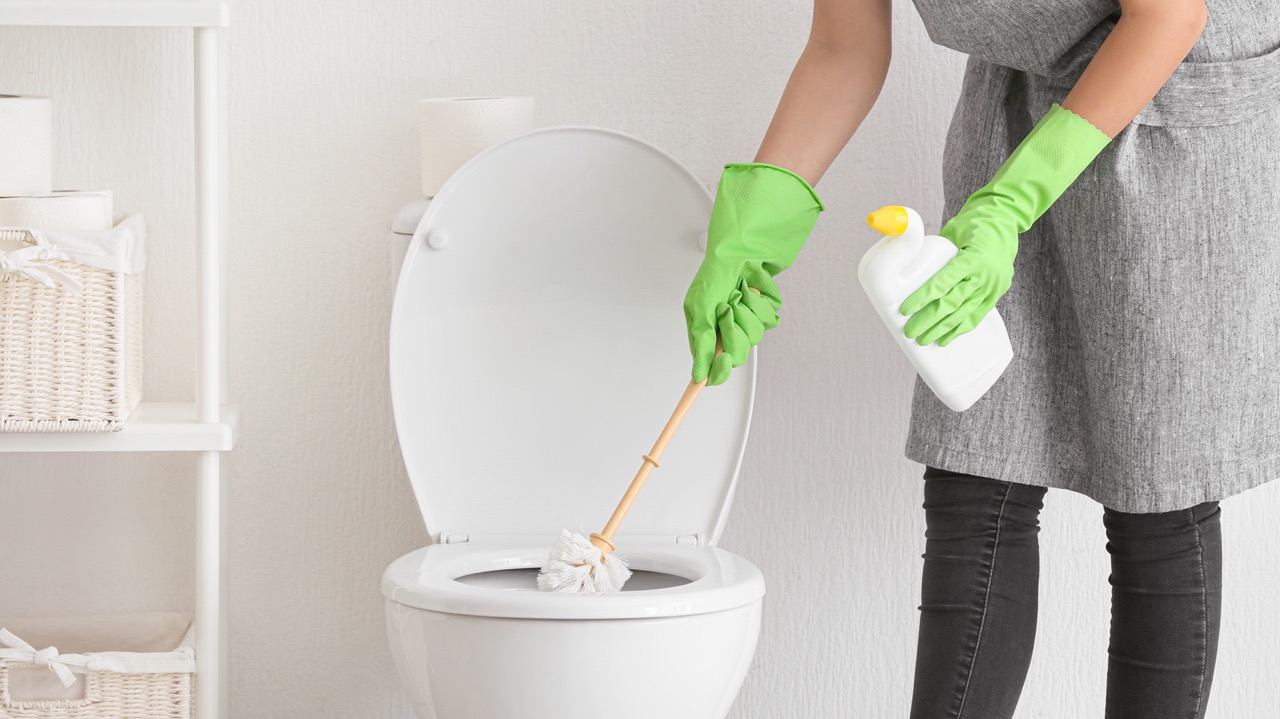
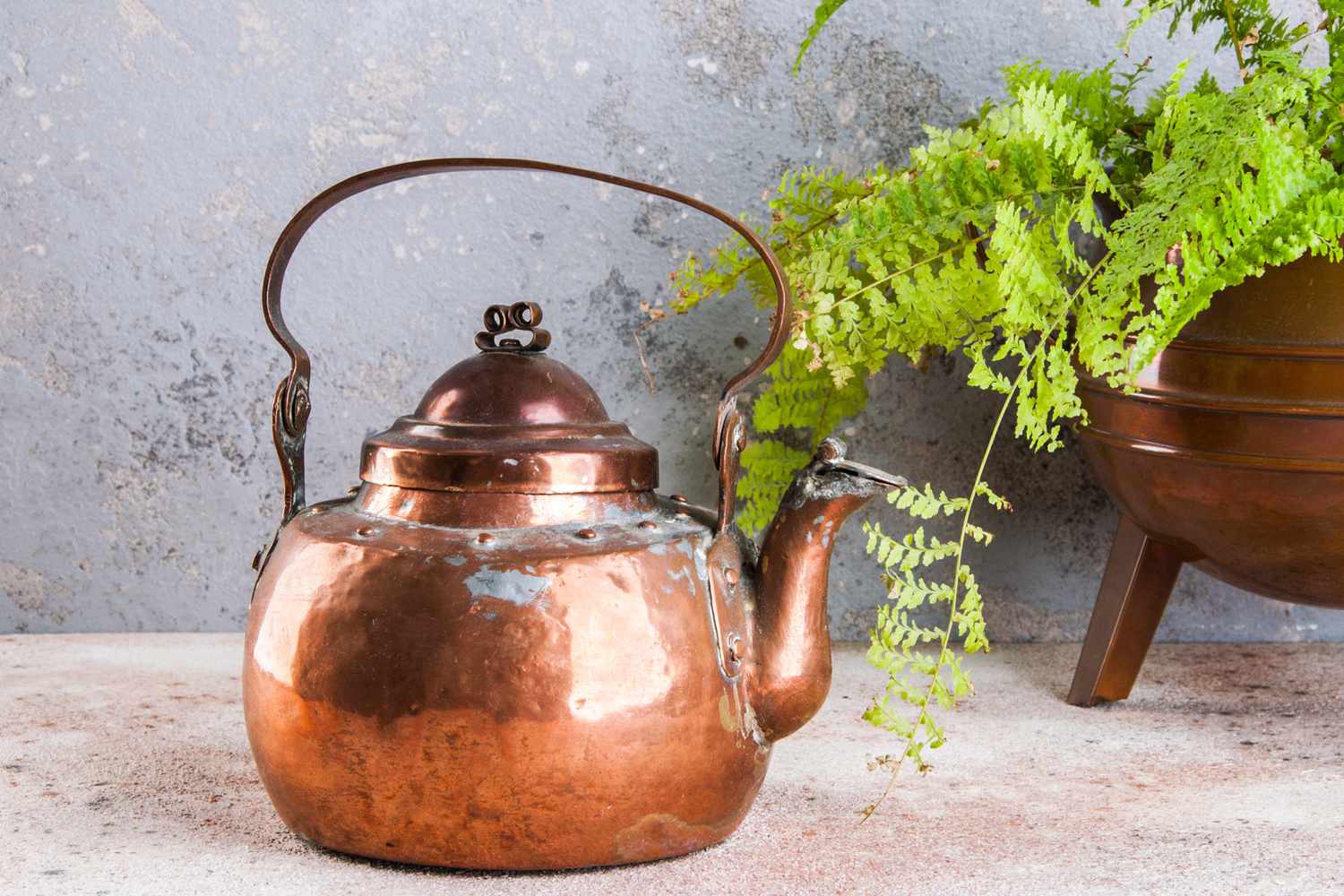
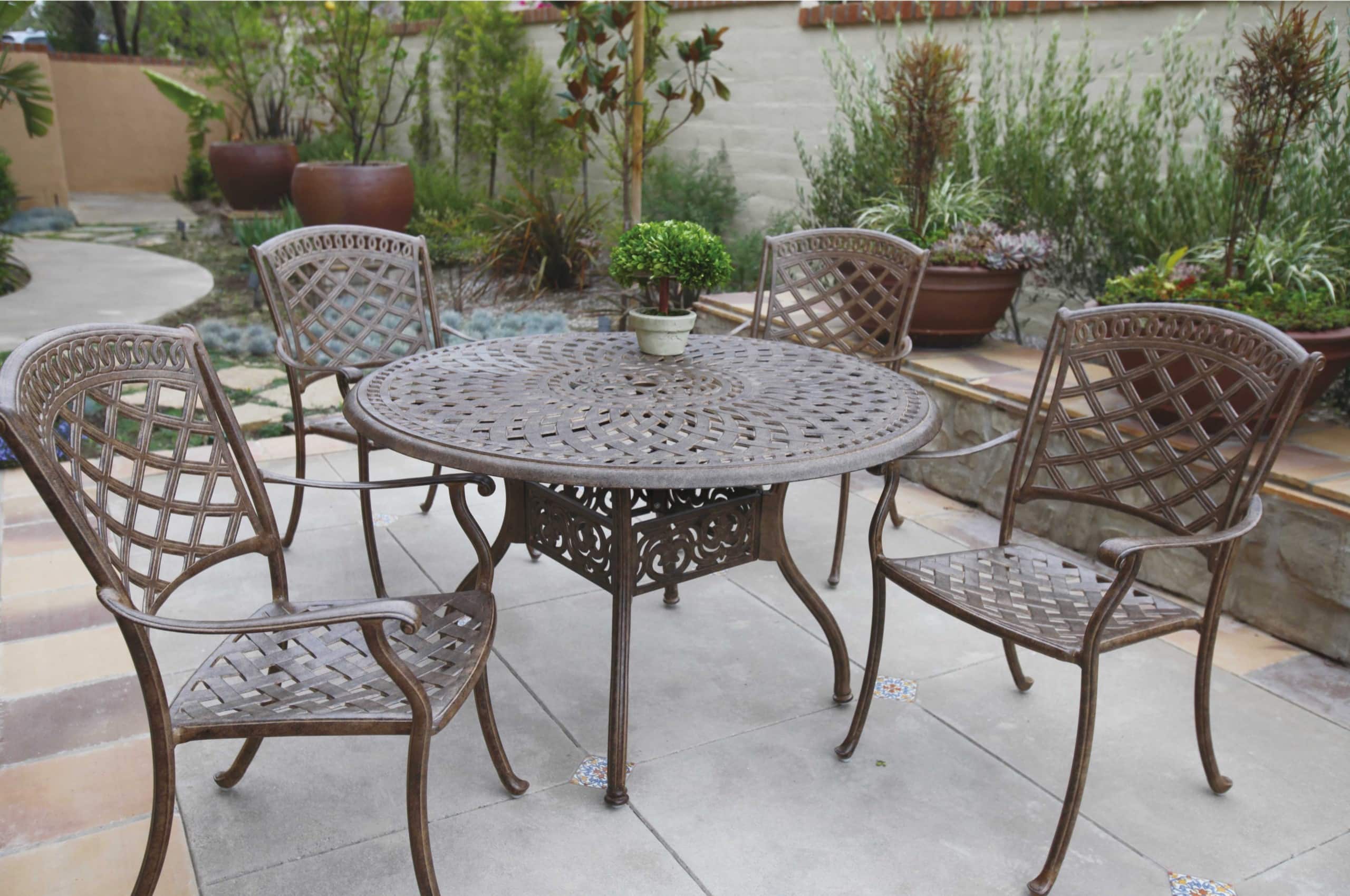
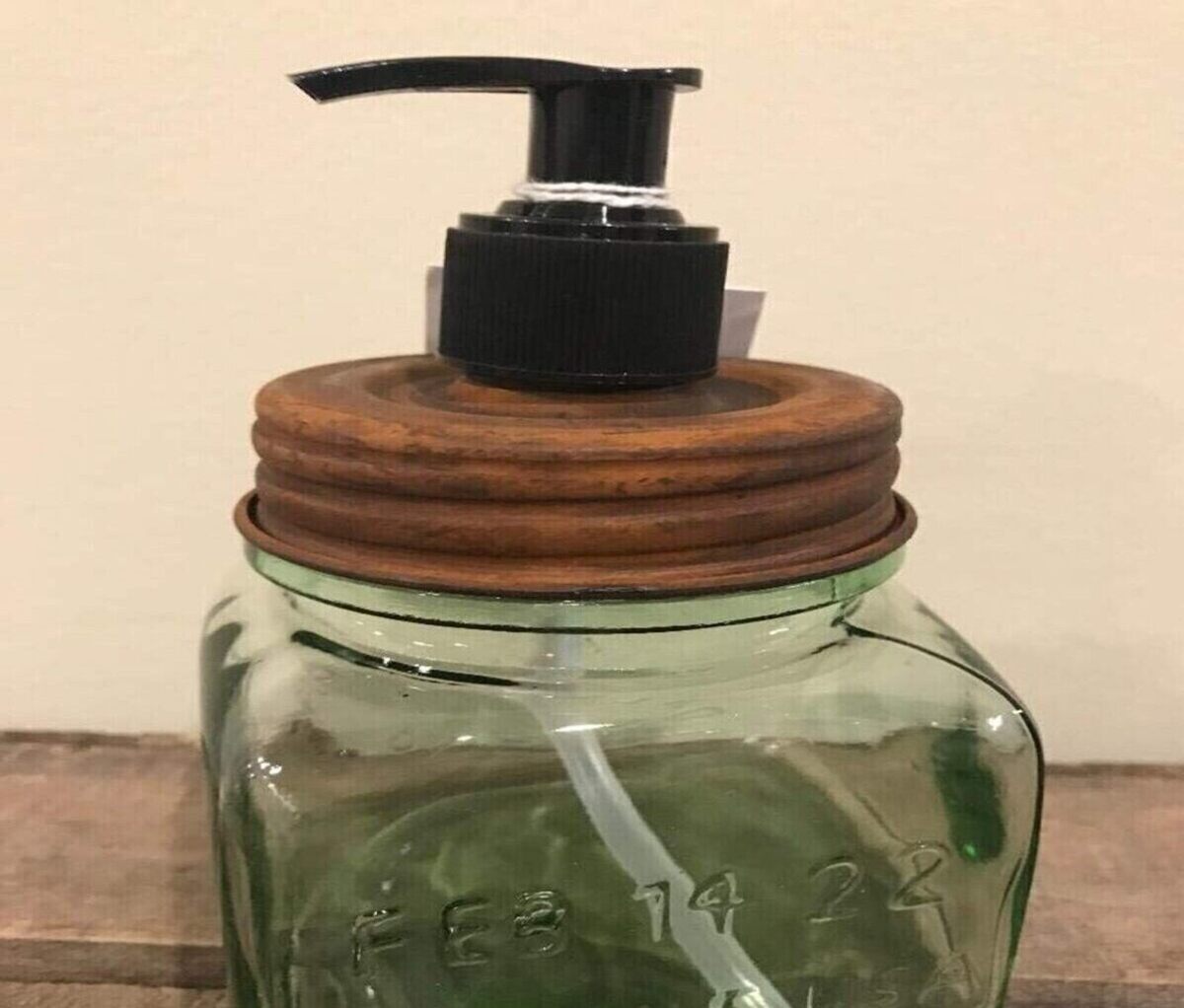
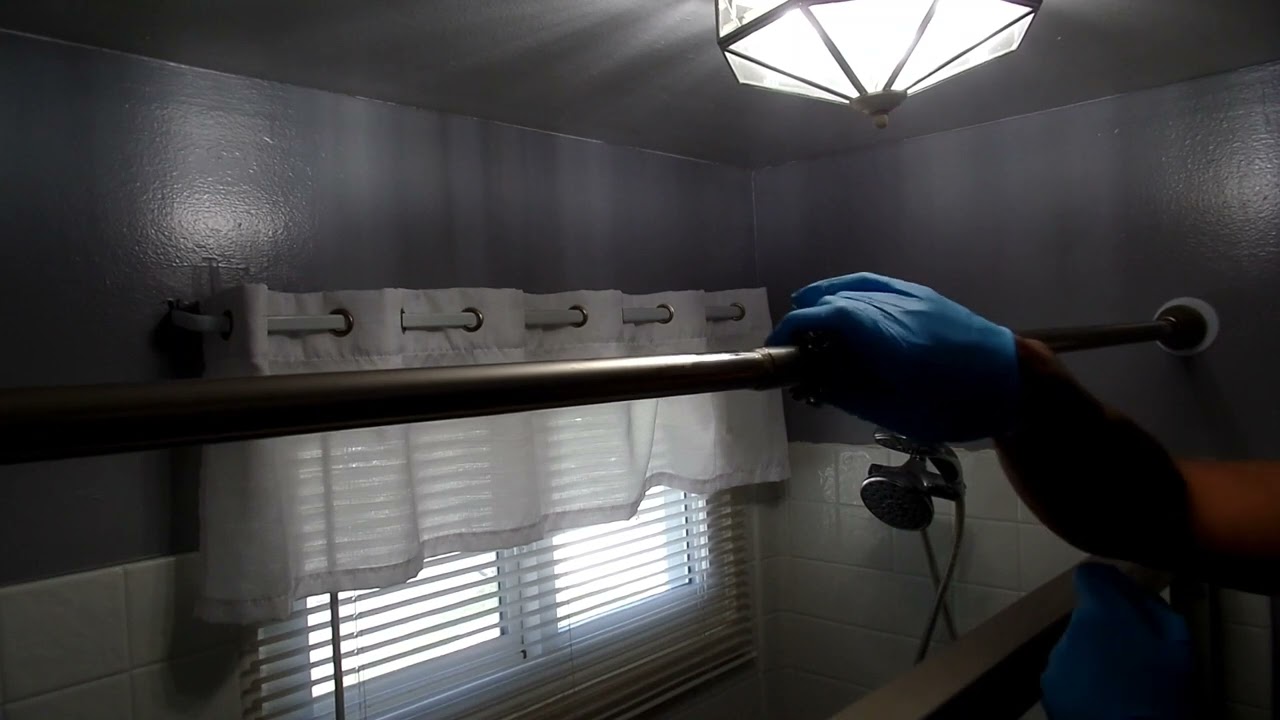

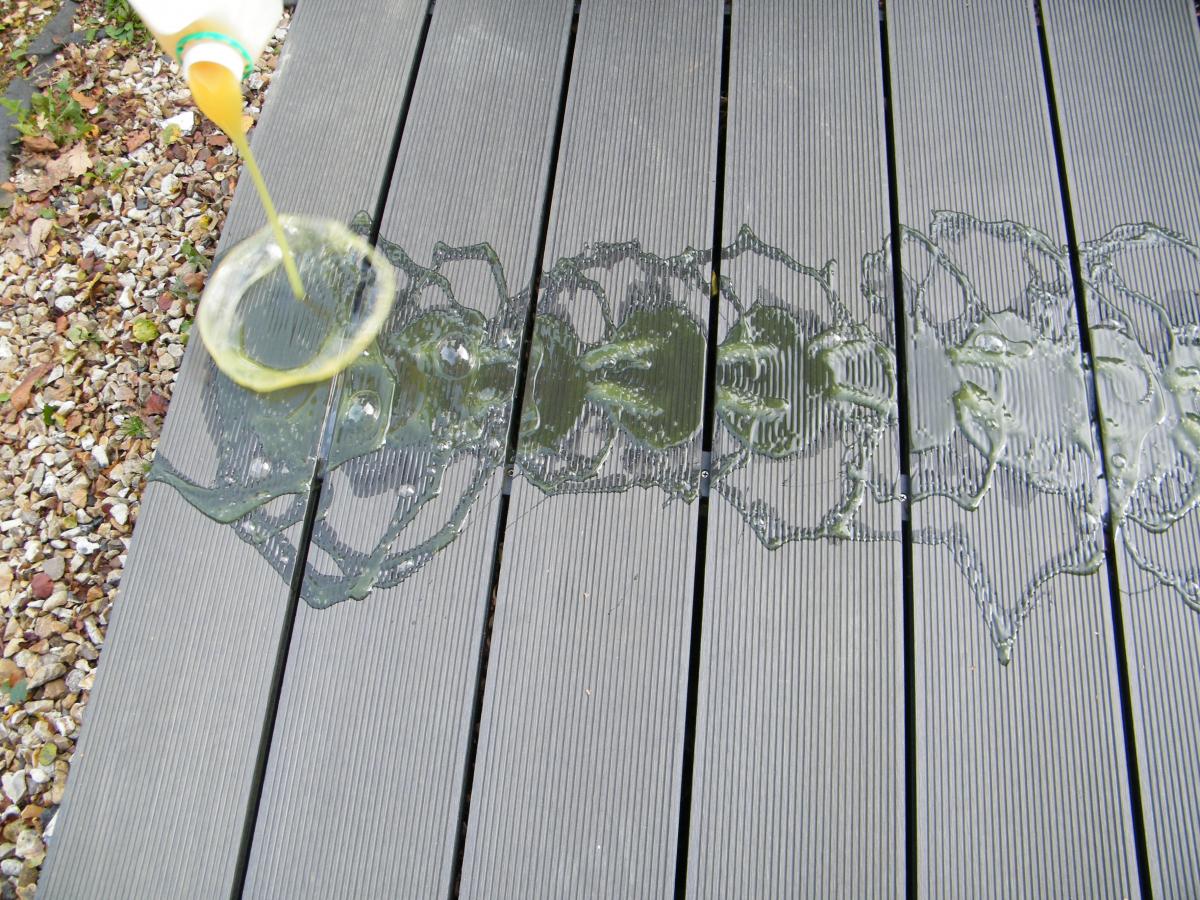

0 thoughts on “How To Remove Rust On Cutlery”